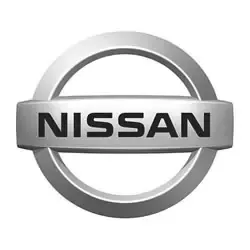Nissan NV1500 Tire Pressure
Most common recommended tire pressure for Nissan NV1500 can range from 50 psi to 80 psi depending on year of production, trim and OEM tire size, but it maybe different for older models. It is imperative to confirm the exact tire inflation for your Nissan NV1500 to ensure safety on the road. Always refer to your vehicle owner's manual for the correct tire pressure designated by vehicle's manufacturer.
Select your Nissan NV1500 production year to see its recommended tire inflation.
| Model Year | Front Tires | Rear Tires |
|---|---|---|
| 2021 Nissan NV1500 | 50 psi | 80 psi |
| 2020 Nissan NV1500 | 50 psi | 80 psi |
| 2019 Nissan NV1500 | 50 psi | 80 psi |
| 2018 Nissan NV1500 | 50 psi | 80 psi |
Recommended Tire Pressure for Nissan NV1500
Maintaining the recommended tire pressure for a Nissan NV1500 is pivotal for several reasons, all of which contribute to the safety, efficiency, and longevity of the vehicle's performance. Correct tire inflation is crucial for optimal traction, which not only ensures the vehicle responds correctly to steering inputs, but it also significantly improves braking efficiency, reducing stopping distances in critical situations. Furthermore, tires inflated to the manufacturer's recommended levels wear more evenly and slowly, extending tire lifespan and saving money on premature replacements. From a fuel efficiency perspective, properly inflated tires minimize rolling resistance, the force that opposes the motion when an object rolls on a surface, leading to better fuel economy. This not only saves money on gas over time but also contributes to lower emissions, aligning with broader environmental conservation efforts. Thus, adhering to the specified tire pressure for the Nissan NV1500 is a simple yet effective way to enhance safety, performance, and economy, embodying a responsible approach towards vehicle maintenance and environmental stewardship.

All listed guides, data and/or calculations are for informational purposes only. TirePressure.com does not warrant or make any representations regarding the accuracy of or the results of the use of this information. Always refer to vehicle owner's manual for the correct tire pressure configuration.